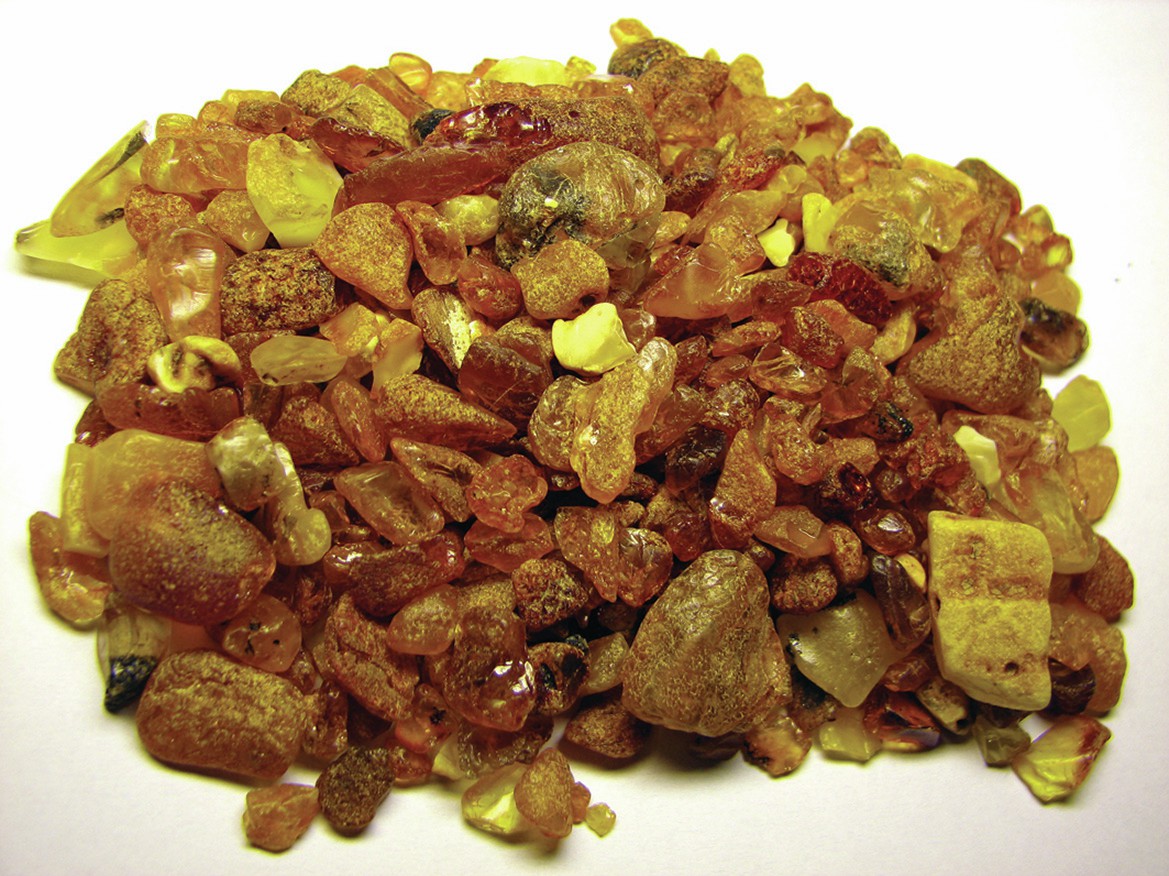
Since ancient times, people have been aware that some materials readily become electrically charged when rubbed. Amber (fossilised resin, Figure 1) is one example, and its Greek name, elektron, is at the root of our ‘electrical’ words.
Systematic exploration of electrical charge is difficult because charge tends to leak away. One of the first successful experimenters was Otto von Guericke (1602– 1686). He noticed that sulfur, like amber, can become charged, so he made a large sulfur ball for his experiments. He melted a large quantity of sulfur and poured it into a spherical glass shell; when it solidified he broke the shell. He used a rod to support and rotate the ball, which became charged when it rubbed against his dry hand. The ball kept its charge quite well and could be transported around for demonstrations (Figure 2). Von Guericke’s generator was a forerunner of machines such as the Van de Graaff generator (Figure 3).
Your organisation does not have access to this article.
Sign up today to give your students the edge they need to achieve their best grades with subject expertise
Subscribe




